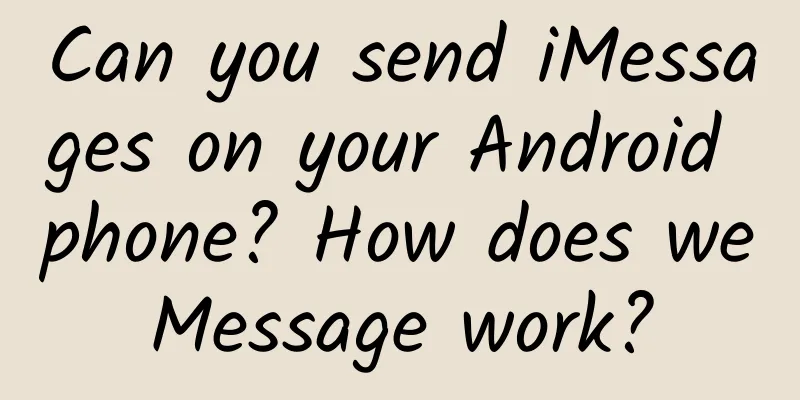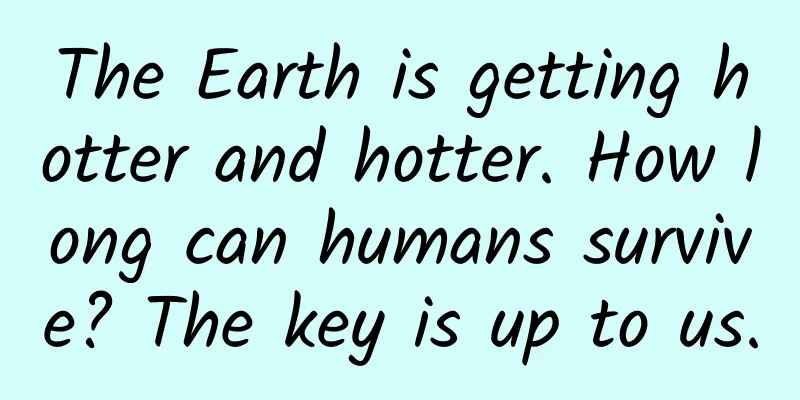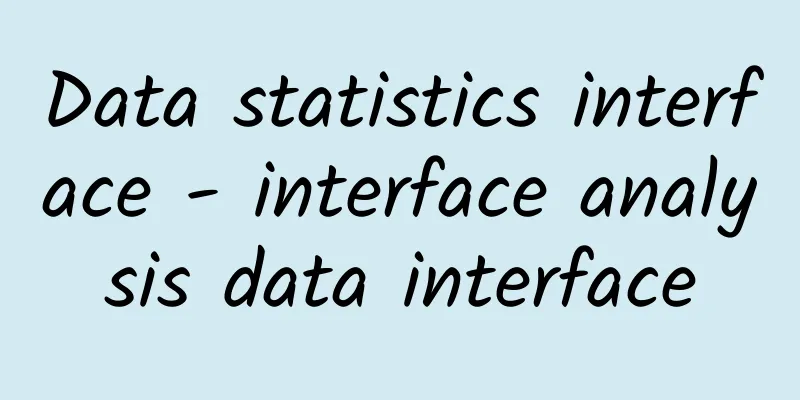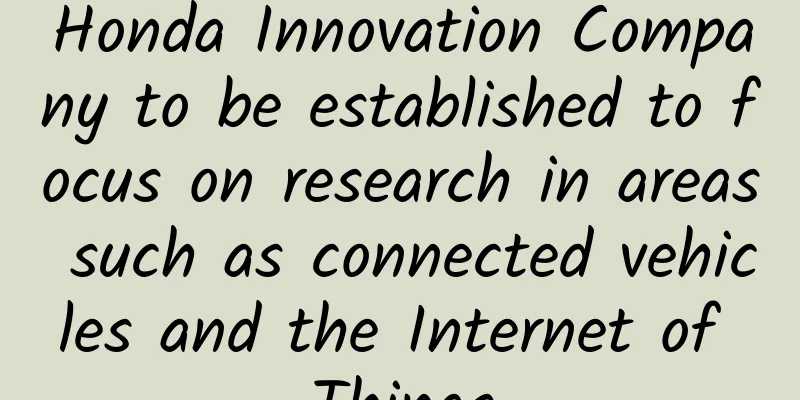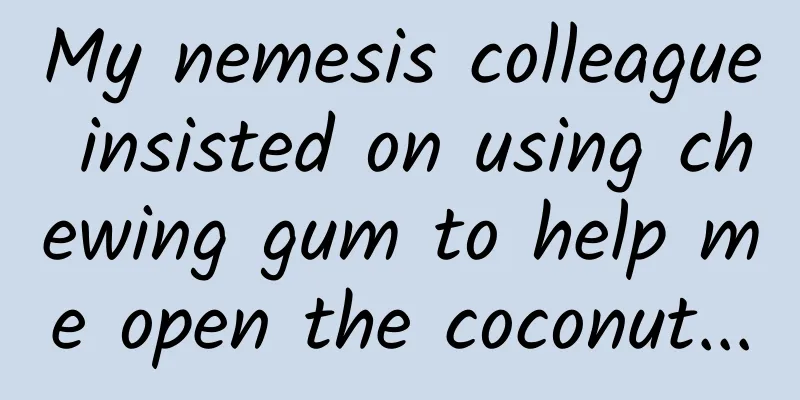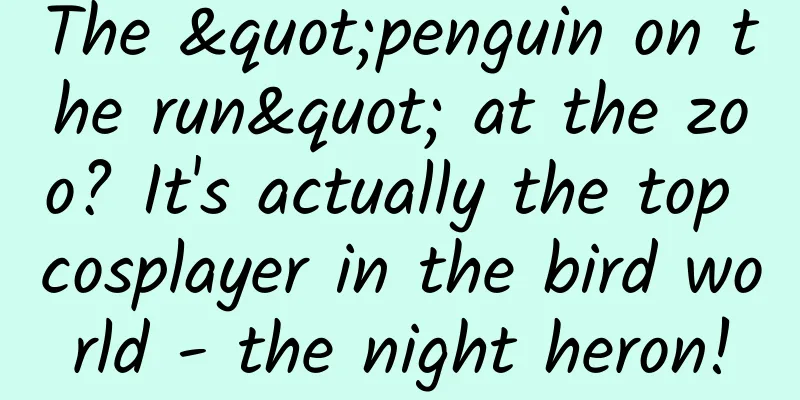A preliminary study on the method of “design that touches people’s hearts”
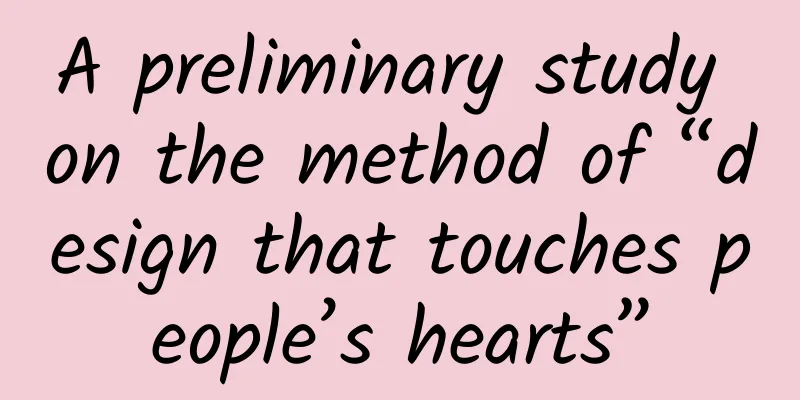
|
The essence of user experience design lies in designing the most appropriate user scenario experience. This experience is given to users unconsciously and can make users' hearts beat fast at the moment of contact. So how to make users' hearts beat fast? The ancients said: "Nothing moves people's hearts more than emotions." Similarly, we can see from John Naisbitt's words: "Highly compensated emotions are needed everywhere. The more high-tech there is in society, the more we desire a high-emotion environment, using the soft side of design to balance the hard side of technology. Design, as a creative activity of human beings, is not to eliminate passion or emotion, but to create something neutral that can accommodate and arouse the emotions of users. This kind of thing is a state of mind." Therefore, we at 1688UED formed a humanistic sentiment research group in 2014 to explore how to carry out "touching design". The scope of the research ranges from Maslow's needs to various effect theories and design psychology. Everyone wandered in the vast knowledge and theories, and constantly collided to produce various sparks of inspiration. Finally, we obtained a design idea about "DesignO2O" and a method model of "CORE", and at the same time found a way to verify whether our "touching design" is effective. The idea of DesignO2O was proposed by Buli, a student in the research group, and is the theoretical foundation of our entire design method. (See the figure below) The human brain is a super memory, which always receives information through the five senses, which are recognized by the brain and stored in the memory. Since we are engaged in the Internet design industry, we are mainly engaged in the design of computer pages, so the five senses that can be used are mainly vision and hearing. The industrial design of some physical objects offline also has smell, taste, touch, etc. The "recognition-storage-reproduction" in the figure is the main process of human memory. Reproduction includes two links: recall and recognition. What we mention here mainly refers to recall, which is the process of reproducing things experienced in the past in the mind under certain inducements. People with memories see something or hear certain information, which matches the past stored in the brain and awakens the memory. Those images will be reproduced. In this process, your brain has been unknowingly tricked and stimulated. The reproduced images linger in your mind for a long time, causing you to do unexpected things, which is what we call emotional behavior. Taking ourselves as an example, it affects purchasing decisions. There is a group of such users on our platform, known as "moonlight clan, shopaholics"... So we found that it is actually very difficult to touch the emotions of a person who has no memory at all. Our O2O business model combines offline business opportunities with the Internet, making the Internet the front desk for offline transactions. Our designs are similar, taking offline events, people, scenes, and even those virtual things remembered from the past as the source of inspiration for our designs. The bridge connecting offline and online does not necessarily have to look exactly the same. Different designers can use their design techniques to achieve the same display results, but they can all be touching. So what is the core idea of designO2O? How can we use this idea to guide us to complete touching designs? In fact, the core of this idea is a design method model called CORE, which includes 4 stages: collect, organize, react, and estimate. Their interaction with each other forms a method for making touching designs. Next, I will break down the entire model and talk about some of the things we need to do at each stage. First, let's talk about "collection". If we want to design something that touches people's hearts, we must fully understand what users think and feel. The more we understand and the closer we are to users' pain or their desires, the more we can stimulate users' hearts and achieve our design goals. In this stage, we can usually use empathy maps or user experience maps in the project to deeply understand the target users (based on persona) in a qualitative and quantitative way. We can also learn to observe life more often and record our life experiences and bits of life through photo diaries. Chernyshevsky said that beauty is life, and bits of life will give us more "touching" inspiration, allowing us to be at ease in the design process. The second link is “organization”. In the collection link, what the user thinks and feels will be processed again. Previously, through the deduction of designO2O’s thinking, it was found that “people without memory are difficult to trigger emotions”. Through the analysis of the correlation between memory and emotion, we found that memory and emotion are the core of human cognition. Memory is usually accompanied by emotion, and emotion helps to deepen memory. Therefore, we explored people's emotional nodes from the perspective of memory, and found that people's emotional nodes vary from person to person. The ideal situation for touching people's hearts is to organize some common emotional nodes, rather than looking for very niche individuals to design and present. This is a very important principle in the entire design method. Through the study of memory and combined with some data, we derived six emotional nodes that may resonate with users. Periods (for example: student days, childhood, special experiences such as the Cultural Revolution), regions (such as hometown, home. Most people think that home is a kind of emotion, as can be seen from this 2014 Spring Festival travel flow chart), environment (this is also a very good entry point. We usually say that the scene evokes emotions. The waxing and waning of the moon, rainy days, sunny days, and different weather environments can trigger different emotions and stir up various emotional memories in the heart), people (I recently watched Chai Jing's "Under the Dome". Not long after the whole video started, she mentioned her daughter, which touched the softest part of many viewers' hearts on the spot.), events (romantic, joyful, sad, such as the SARS in 2003), culture (usually related to festivals. Currently, the most common doodle designs will start from this angle first, which is easy to resonate with the general public. Above are some of the doodle designs we made at 1688ued in 2014. The so-called emotional response field is to place the emotional nodes obtained in the organization link on the Y-axis through the quadrant diagram and place the core information elements collected in the collection link on the X-axis. The core information elements on the X-axis can be one or more. It is a thinking method to combine the core elements of the X-axis with the emotional nodes of the Y-axis to form an emotional carrier. The emotional carriers we find through the emotional response field are not all usable. The key to the method model is that we need to evaluate the various emotional carriers we have just obtained. In this link, we can first evaluate and screen the emotional carriers through the "three realms" verification method. What are the "three realms"? Everything is connected. Chinese culture is profound and extensive, and there are also many commonalities in art. The three realms we are talking about refer to the "object realm", "situational realm" and "artistic realm" in poetry. They correspond to the three levels of "reality", "awakening" and "yearning" in our designO2O thinking. What is the physical environment? "Last night the west wind withered the green trees. I went up to the high building alone and looked at the road to the end of the world." Look at this poem. There are west winds, green trees and high buildings. It is a very sad and beautiful description of a scene. In the design process, we usually use the method of "copying" reality to restore the scene based on the target user's experience and behavior. This is the physical environment. In addition to the "three realms" verification method we just mentioned, we also need to evaluate the authenticity of these emotional carriers. What is authenticity? Authenticity refers to whether the emotional carrier can effectively touch the user's heart. How to evaluate it? Authenticity can be evaluated through perceptual measurement, card classification, case voting, or expert inspection. If the pure concept is a bit confusing, let me give you an example: This is a user feedback platform project designed by Su Lin from our research group.
In this case, we used the DesignO2O design concept we mentioned earlier, combining the core element of sound with the emotional nodes we obtained in the organization link, establishing an emotional response field, forming an emotional carrier, and finally obtaining the most touching design solution through evaluation and screening. Everyone has a Hamlet in their heart, so this is not the only result. I mentioned the "three realms" verification method before, so what are the three realms in this case?
Let me give you another small example. I was chatting with a goddess before, and we talked about the "three realms" verification method. That day happened to be the Lantern Festival. She used glutinous rice balls as an example to describe her understanding of the three realms. The physical realm is glutinous rice balls, the scene is the reunion of relatives, and the artistic conception is that perfection is actually around us. You can think about it according to this idea. Which realm of the three realms has your design draft reached? . “The road ahead is long and arduous, but I will continue to explore it.” The design that touches people’s hearts has great value and great potential. At present, we have only discovered the tip of the iceberg. The research on this topic will continue to be improved and optimized. I hope that this preliminary research summary can help everyone in the design process, and together we can discover more and gain more on the road of “touching people’s hearts”. For more touching design cases, please click here |
<<: Do Java arrays have to be initialized before they can be used?
>>: How does Google manage 2 billion lines of code?
Recommend
Entering the field of autonomous driving ProAI system, mass production will follow soon after its debut at CES
At the 2018 International Consumer Electronics Sh...
15 words to explain CPC, CPM, CPA, CPS, CPL...I finally understand them all!
Many newcomers to the industry always fail to dis...
To prevent COVID-19, here is a guide for all-weather and multi-scenario epidemic prevention! Collect it quickly!
Source: People's Daily...
What is the proportional coefficient of Baidu promotion? I don't believe you know it all!
At present, the most complete online search promo...
China National Bureau of Statistics: Statistical Communiqué on National Economic and Social Development 2017
In 2017, under the strong leadership of the CPC C...
Weird review | Baidu's driverless car is sure to beat Google, Microsoft has found the best way to commemorate Steve Jobs
What is a crooked review? If it is not correct, i...
The latest policy on rural car subsidies in 2022: When will it start? How much subsidy is there for each car?
In recent years, due to the impact of the COVID-1...
Task process completion rate
Source code introduction: ASProgressPopUpView is ...
Sanlimi "100% Complete Case Transaction" 4 sections, 25 steps, 100 tricks for the whole case process, operation class
Sanlimi's "100 Complete Cases" cove...
iOS 15.2 is here! Lots of new features, check it out!
iOS15.2 official version is coming Early this mor...
Why did quantum dots, which can solve the weakness of LCD picture quality, wait until this year to appear?
A new term for LCD TVs has entered the vision of ...
Insulation capacity +1! What kind of material is the silicone rubber used in the "Little Red Riding Hood" of electricity?
Recently, Chaoyang Power Supply Company of State ...
APP promotion: Where do users come from for new products with no money to promote?
How to cold start a product with no people, no mo...
Mobike is not worth worshipping too early
Recently, a well-known current affairs observatio...
Google's secretive hardware team just lost three key members
After years of development, Apple has improved th...
